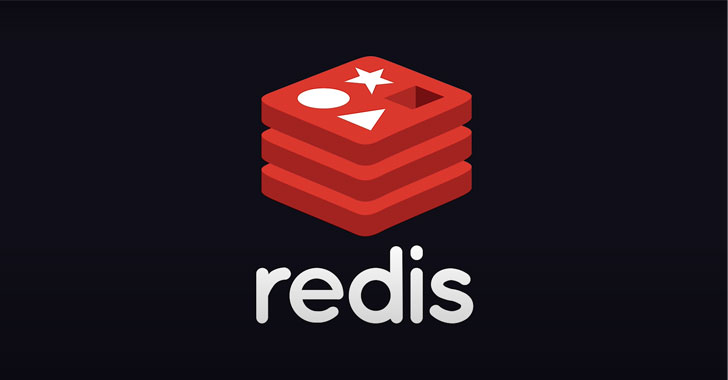
Muhstik Botnet Targeting Redis Servers Using Recently Disclosed Vulnerability
10 High
CVSS3
Attack Vector
NETWORK
Attack Complexity
LOW
Privileges Required
NONE
User Interaction
NONE
Scope
CHANGED
Confidentiality Impact
HIGH
Integrity Impact
HIGH
Availability Impact
HIGH
CVSS:3.1/AV:N/AC:L/PR:N/UI:N/S:C/C:H/I:H/A:H
10 High
CVSS2
Access Vector
NETWORK
Access Complexity
LOW
Authentication
NONE
Confidentiality Impact
COMPLETE
Integrity Impact
COMPLETE
Availability Impact
COMPLETE
AV:N/AC:L/Au:N/C:C/I:C/A:C
Muhstik, a botnet infamous for propagating via web application exploits, has been observed targeting Redis servers using a recently disclosed vulnerability in the database system.
The vulnerability relates to CVE-2022-0543, a Lua sandbox escape flaw in the open-source, in-memory, key-value data store that could be abused to achieve remote code execution on the underlying machine. The vulnerability is rated 10 out of 10 for severity.
“Due to a packaging issue, a remote attacker with the ability to execute arbitrary Lua scripts could possibly escape the Lua sandbox and execute arbitrary code on the host,” Ubuntu noted in an advisory released last month.
According to telemetry data gathered by Juniper Threat Labs, the attacks leveraging the new flaw are said to have commenced on March 11, 2022, leading to the retrieval of a malicious shell script (“russia.sh”) from a remote server, which is then utilized to fetch and execute the botnet binaries from another server.
First documented by Chinese security firm Netlab 360, Muhstik is known to be active since March 2018 and is monetized for carrying out coin mining activities and staging distributed denial-of-service (DDoS) attacks.
Capable of self-propagating on Linux and IoT devices like GPON home router, DD-WRT router, and Tomato routers, Muhstik has been spotted weaponizing a number of flaws over the years –
- CVE-2017-10271 (CVSS score: 7.5) – An input validation vulnerability in the Oracle WebLogic Server component of Oracle Fusion Middleware
- CVE-2018-7600 (CVSS score: 9.8) – Drupal remote code execution vulnerability
- CVE-2019-2725 (CVSS score: 9.8) – Oracle WebLogic Server remote code execution vulnerability
- CVE-2021-26084 (CVSS score: 9.8) – An OGNL (Object-Graph Navigation Language) injection flaw in Atlassian Confluence, and
- CVE-2021-44228 (CVSS score: 10.0) – Apache Log4j remote code execution vulnerability (aka Log4Shell)
“This bot connects to an IRC server to receive commands which include the following: download files, shell commands, flood attacks, [and] SSH brute force,” Juniper Threat Labs researchers said in a report published last week.
In light of active exploitation of the critical security flaw, users are highly recommended to move quickly to patch their Redis services to the latest version.
Found this article interesting? Follow THN on Facebook, Twitter and LinkedIn to read more exclusive content we post.
10 High
CVSS3
Attack Vector
NETWORK
Attack Complexity
LOW
Privileges Required
NONE
User Interaction
NONE
Scope
CHANGED
Confidentiality Impact
HIGH
Integrity Impact
HIGH
Availability Impact
HIGH
CVSS:3.1/AV:N/AC:L/PR:N/UI:N/S:C/C:H/I:H/A:H
10 High
CVSS2
Access Vector
NETWORK
Access Complexity
LOW
Authentication
NONE
Confidentiality Impact
COMPLETE
Integrity Impact
COMPLETE
Availability Impact
COMPLETE
AV:N/AC:L/Au:N/C:C/I:C/A:C
